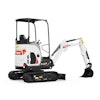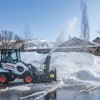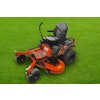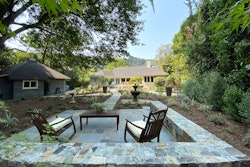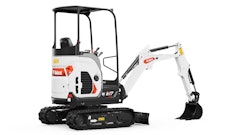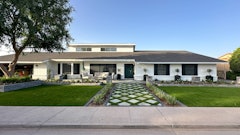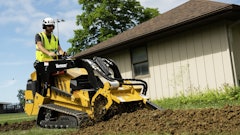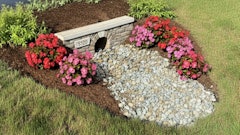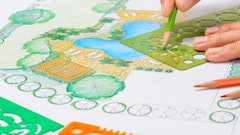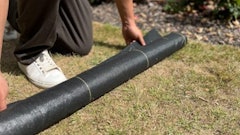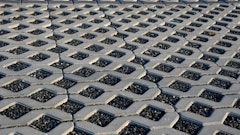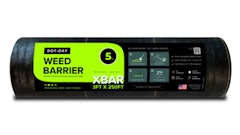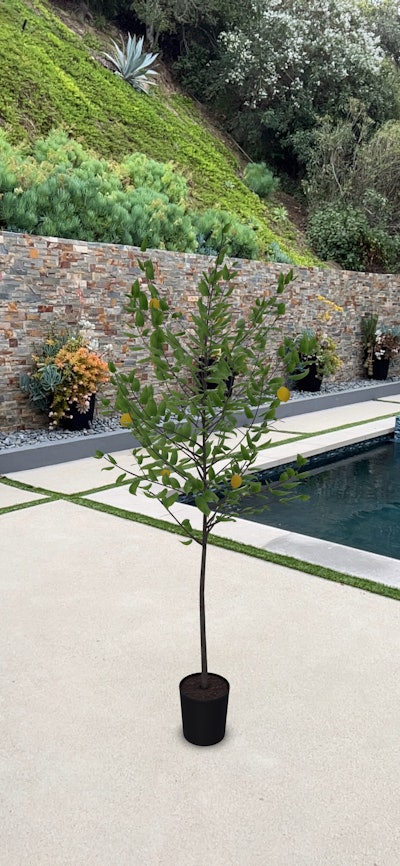
New design and project management tools specialized for the landscaping industry are on the rise, changing the way that upfront consultation is executed between contractor, product manufacturer and homeowner or builder, but what if there is another innovative answer to more accurate quotes, project timelines and material needs? What if there was a solution that improves the online shopping experience for customers looking for products needed to improve their jobs?
One emerging technology in the space, augmented reality, might be the tool to take your business to new horizons.
What is Augmented Reality?
Augmented reality (AR) is defined as an enhanced version of reality created using technology to overlay digital information on an image of something viewed through a device (such as a smartphone, tablet or camera). The first use of AR dates back to the 1960s with the invention of the original head-mounted display, but the term “augmented reality” wasn’t coined until the ’90s, when the technology began to gain popularity in the entertainment and video game industry.
As we know it today, AR differs from virtual reality (VR) experiences. Unlike VR, which fully immerses you in a three-dimensional environment that can be interacted with using special equipment (like a helmet or VR glasses), AR creates a “mixed reality” experience by bringing a generated, three-dimensional image to a real-life setting. This translates to the ability to project a 3D image of a physical object or product into your office, living room or backyard. AR can also make a product more accessible to the average shopper or client, as any smartphone or tablet is capable of using this technology.
AR and Online Shopping for Outdoor Retailers
AR’s ease of use and practical applications are already redefining eCommerce in the retail sector. Online shopping hit its zenith as stores shuttered their physical locations during the pandemic. Many retailers launched their first eCommerce sites or adopted new marketing techniques to bring customers online. Enter AR.
Augmented reality allows consumers to see products true to size in their home with the touch of a button. One of the essential characteristics of AR is the immersive feeling of “being in the real world” while interacting with a 3D design. The same applications can easily extend to outdoor or landscaping equipment retailers. With AR, customers have access to a more immersive experience browsing tools and materials from home. A mower or tractor can be measured to scale and projected into a customer’s own garage or tool shed. Landscaping can even be visualized in the yard. Product sizes and designs can be easily compared before purchase, reducing buyer’s remorse.
Innovative ways to capture online shoppers while maintaining accurate product models are more important than ever, especially in an industry where a specific tool or material can dictate an entire project. A recent report by Statista Research outlined the unprecedented growth in online shopping since 2020. The number of digital buyers in the United States is projected to hit almost 300 million by 2025, or nearly 91% of the U.S. population.
AR and Landscape Design
So, where does AR fit into the landscape design industry beyond online retailers?
Building a scene plays a crucial role in presenting spatial relationships, structure and cohesion in modern landscape design. Augmented reality’s capability to blend the digital and real-world into one visual experience offers clear advantages over other representation tools traditionally used in design, like 2D sketches, images or videos. It even goes miles beyond other, entirely digital 3D renders by merging potential new design elements into an existing landscape.
Users can explore what could be their new garden, back patio or any other outdoor area in real time, to scale and at any angle with AR’s 3D capabilities. Textures, materials and even elements like plants can be added to provide a more realistic and complete picture of a final design. Most importantly, the interaction between people and the environment can be achieved with AR that simply isn’t possible with any other software. A client can experience what it will feel like to walk through their new entertaining area or navigate their new yard before a full investment is executed.
AR in landscape architecture also enables the visual comparison of different design concepts or materials simultaneously. Designers and clients can test out multiple virtual elements in the same visual environment and choose the best fit for their project or home. Comparing two plant species, two outdoor fireplaces or two garden designs is quick, easy and doesn’t require additional time or samples.
How Does it Benefit the Industry?
The importance of saving time and materials in this industry can’t be overstated. Demand for outdoor living products and landscaping services is higher than ever, especially as many spend more time at home during the pandemic. Contractors for large projects are often booked months in advance, and ongoing labor shortages make time even more valuable. It’s critical that the planning process moves as efficiently as possible.
AR brings vast opportunities for cutting costs and delays in project development due to identifying design risks at an early stage of a project. With AR, better design renders are possible, meaning more accurate quotes for the client and a more precise assessment of a project’s timeline, construction materials and labor needs. Utilizing technology during the planning process streamlines a project and saves time and money down the road.
AR also negates the need for physical samples. With a cache of digitally rendered images at a designer’s disposal, there is no longer a need to lug around extra materials or lose hours of labor if a product isn’t quite right and another needs to be shipped in.
Besides solving a palpable pain point for contractors, this has both environmental and supply chain benefits. In an industry that often prioritizes green living, cutting down on any extra shipping or manufacturing has environmental benefits far beyond a single project.
AR for Your Business
Maybe all of this sounds great in theory, but how daunting is the transition to AR? What does your business need to get started? First, you need 3D models of your products. These can be created by a 3D artist; all they need are reference photos and dimensions to get started. If you have images and sizing on your product page, it’s simple to share a link for reference. Artists usually charge a flat fee for 3D model creation that ranges based on complexity and volume. You also need a 3D web viewer to embed the 3D model on your website.
A future heavily influenced by augmented reality is all but guaranteed for both designers and online retailers. Don’t find yourself behind the times; consider how you can take the first steps to integrate AR into your business today.
